
GUEST BLOGGER TERESA ROBESON
While Queen of Physics: How Wu Chien Shiung Helped Unlock the Secrets of the Atom is primarily a biography, the book also includes basic explanations of the science of physics, nuclear physics, and the topic of beta decay. It is a difficult concept even for many adults, but I hope I was successful in giving readers a taste of the field.
In today’s post, I want to help kids get a feel for atoms because they are the basic units and foundations of nuclear physics.
Pre- and post-reading discussion: What is physics?
Before reading Queen of Physics, engage students in a discussion about physics:
- What is physics?
- Can they give an example of physics?
- Perhaps give a hint, i.e. it’s a type of science, and see what you get.
After reading the book, talk about which, if any, of the answers came close.
Physics is arguably the oldest of the sciences. Though our prehistoric ancestors may not have actually studied it as a subject like we do now, they understood some principles of physics, such as mechanics, in order to build structures like the Stonehenge.
Our word “physics” comes from the Greek “ta physika” meaning “the natural things.” In its modern sense, physics is the study of matter and energy. Physicists want to know what matter is composed of, how energy is produced, and why both have the properties and behaviors that they do.
There are many areas of study within the field of physics: astrophysics, geophysics, quantum physics, and thermodynamics, to name just a handful.
Wu Chien Shiung (or “C.S. Wu” which is the name she went by professionally) worked in atomic, or nuclear, physics which is all about atoms.
Up and Atom Activity #1:
Everything we touch is made from atoms, but atoms are so tiny that we can’t see them with our eyes.
- Ask students to name things around the room they think are made of atoms. Tell them that, yes, those are all made of atoms.
- Ask them to name things around the room they think are not made of atoms. Assure them that these, too, are made of atoms.
Explain that just as atoms make up everything around us, atoms themselves are made up of neutrons, protons, and electrons.
- Neutrons and protons are in the nucleus, or center, of the atom.
- Electrons orbit, or circle, around the center.
- Protons have a positive electrical charge. Electrons have a negative electrical charge. Neutrons have no electrical charge.
Share the following image of the periodic table:
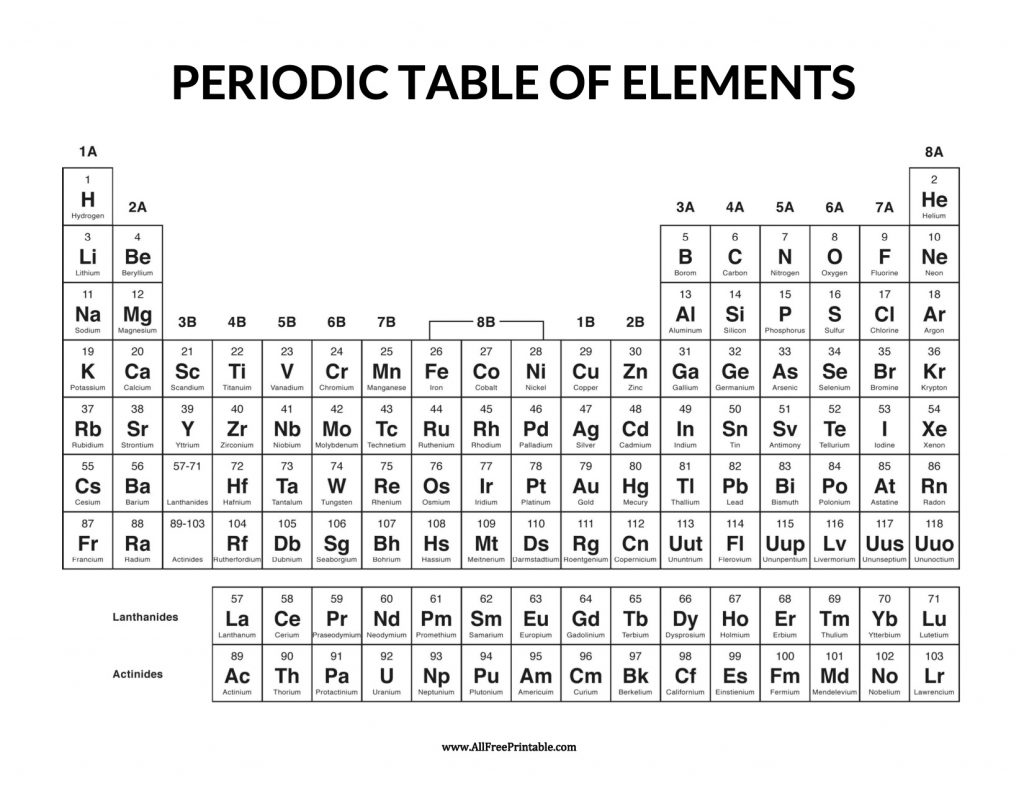
Explain that the table shows all the elements, or unique atoms, that we currently know of. Everything in the world is made up of one or more of these atoms. In the table, large letters are the symbols of the elements…so H stands for hydrogen, for example.
The numbers above the symbols are called the atomic numbers. The atomic number is the number of protons in an atom’s nucleus, and determines which element an atom is. For example, an atom that has exactly 7 protons in its nucleus is nitrogen.
The name of the element is beneath the symbol.
Up and Atom Activity 2:
- Ask students to pick a favorite number.
- Have them go to the periodic table and read the name of the element associated with that atomic number. (For very young kids learning the alphabet, you can have them tell you what the letters of the atomic symbols are instead of the whole names.)
- Older students can research the element they have picked, finding out how it got its name and what practical uses it might have, or any other interesting facts about it.
Up and Atom Activity #3 (or alternative to #2 for older students):
- Using the blank concentric circles template below and this diagram as guide, have students draw in the protons, neutrons, and electrons. Instead of drawing, students may also use sticker dots, a different color each for neutrons, protons and electrons.

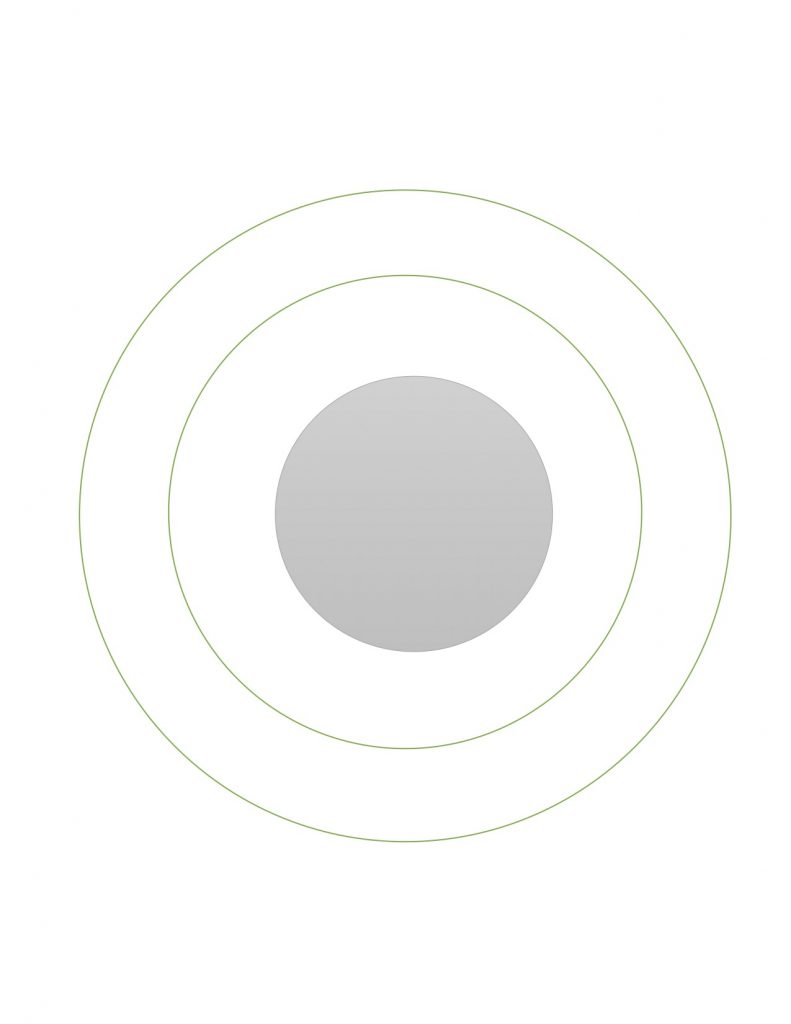
- Remember: the number of protons must equal the number of electrons. Diagram A above shows how many electrons fit into each orbit level.
- Refer to the periodic table and identify the element they have created.
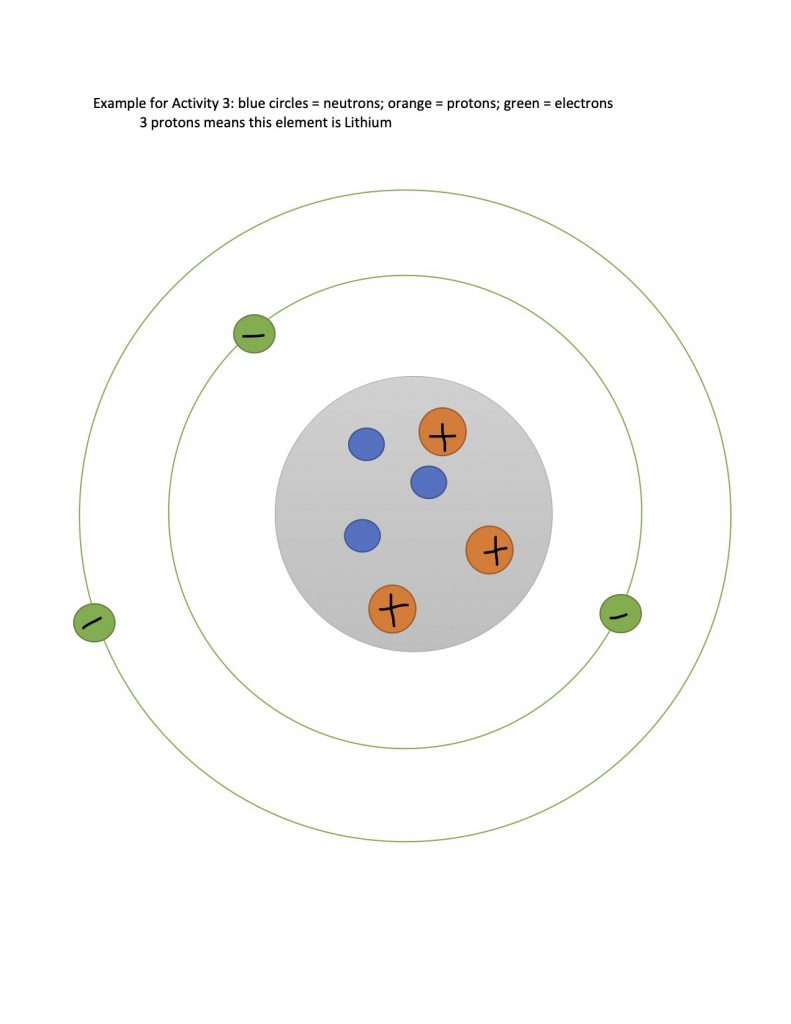
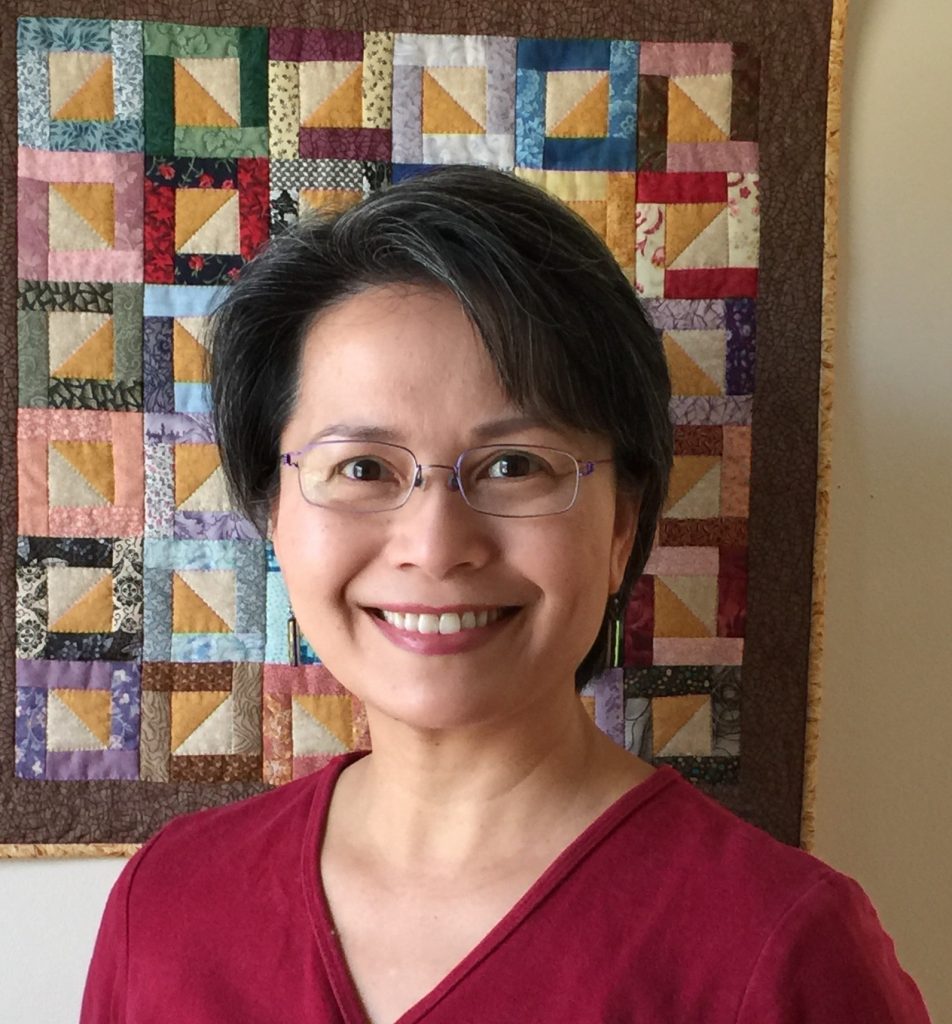
Teresa Robeson draws upon her Chinese heritage, Canadian-American sensibilities, as well as her background in science and love of nature when she writes. She has been published in children and adult magazines. QUEEN OF PHYSICS (Sterling Publishing), a picture book biography, is her debut. Her second book, TWO BICYCLES IN BEJING (Albert Whitman), will be out in Spring 2020. Teresa’s hobbies include making art, making soap, knitting, baking, helping out around the homestead, and wowing the chickens with her bilingualism (they are not impressed). Website: teresarobeson.com Twitter: https://twitter.com/TeresaRobeson


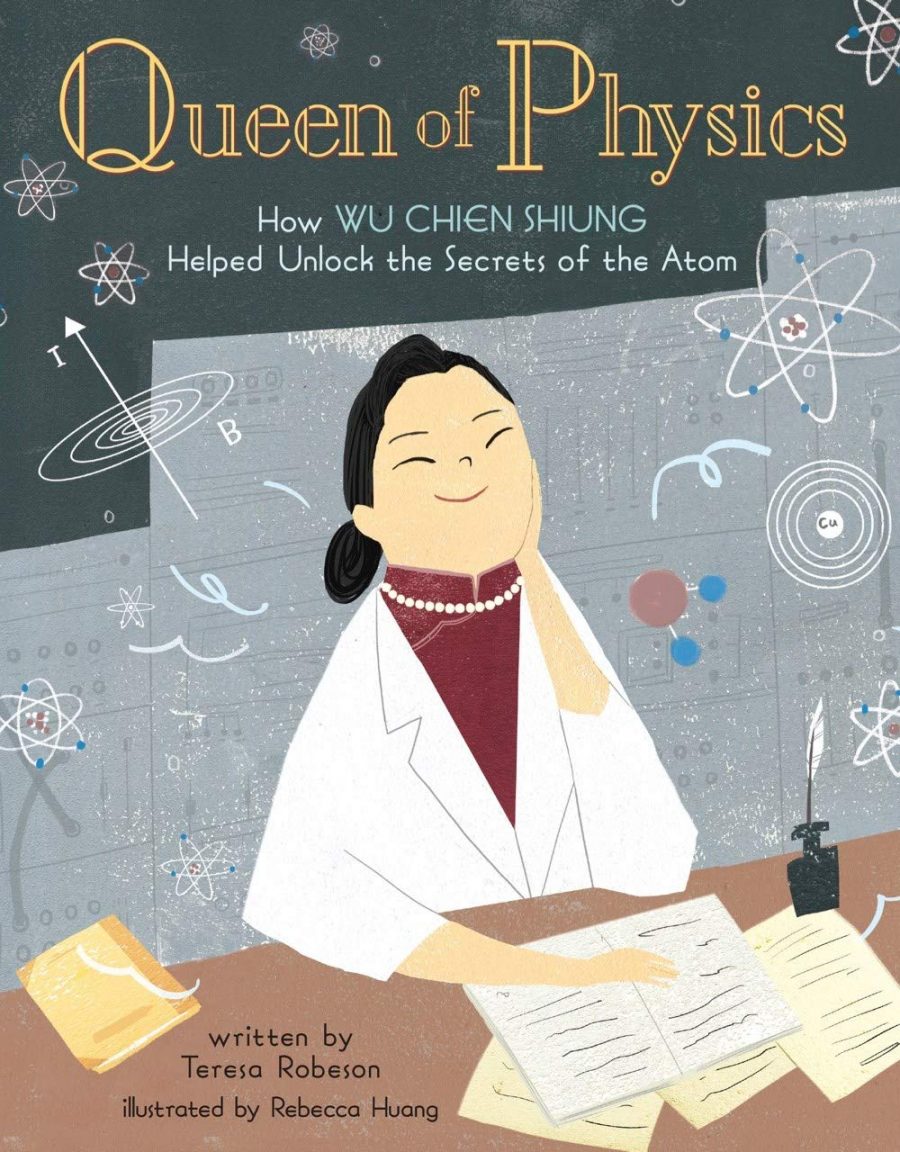
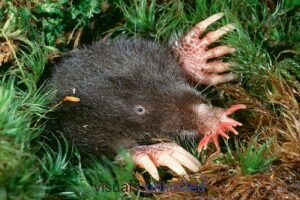
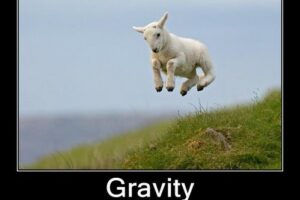
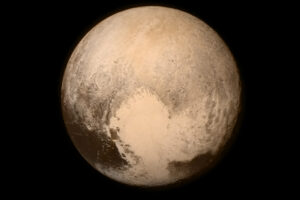


Leave a Reply
Your email is safe with me.